
- United States
- United Kingdom
- Canada
- Australia
- Netherlands/Ireland
- High School
- University
- Research Institute
- Conditional Admission
- Community College
- Public College
- Private College
- Junior High School
- High School
- United States
- United Kingdom
- Canada
- Australia
- Netherlands/Ireland
- High School
- University
- Research Institute
- Conditional Admission
- Community College
- Public College
- Private College
- Junior High School
- High School
University of York
University of York
York
Founded in 1963
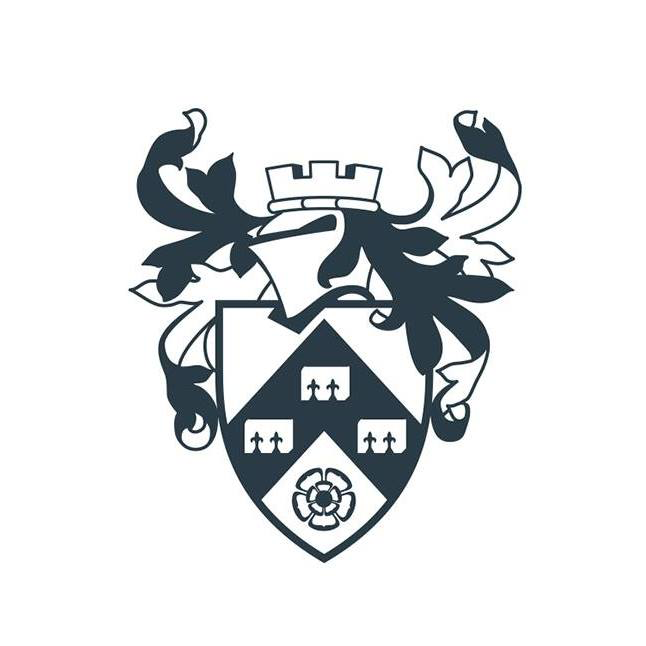
School Info
School Introduction
The University of York was founded in 1963 and is one of the universities established during the post-war expansion of higher education in the UK. Universities founded during this period shared three main features: they had independent campuses, were research-oriented, and followed an education model similar to that of the United States, adopting a collegiate system.
York is one of the new "plate glass" universities in the UK, initially enrolling only 200 students in 1963. At the time, the university consisted of three buildings: King's Manor (originally the residence of Thomas Winterbottom, and once the headquarters of the Northern Committee) and Heslington Hall (formerly the residence of Thomas Eynns, secretary of the Northern Committee and keeper of the seal). The university expanded the Heslington campus the following year, forming the main part of the campus today.
The university has seven colleges, with more than 30 departments and research centers. While maintaining high academic standards, York has reformed many subjects to make them more flexible and practical. The Department of Computer Science has been consistently ranked among the top computer science departments in the UK for the past decade and has achieved excellent research results, receiving a five-star rating in the UK Research Assessment.
York nominally consists of eight colleges that offer student accommodation and academic units. However, the colleges are more like residential halls rather than being strongly collegiate in the way that Oxford or Cambridge colleges are.


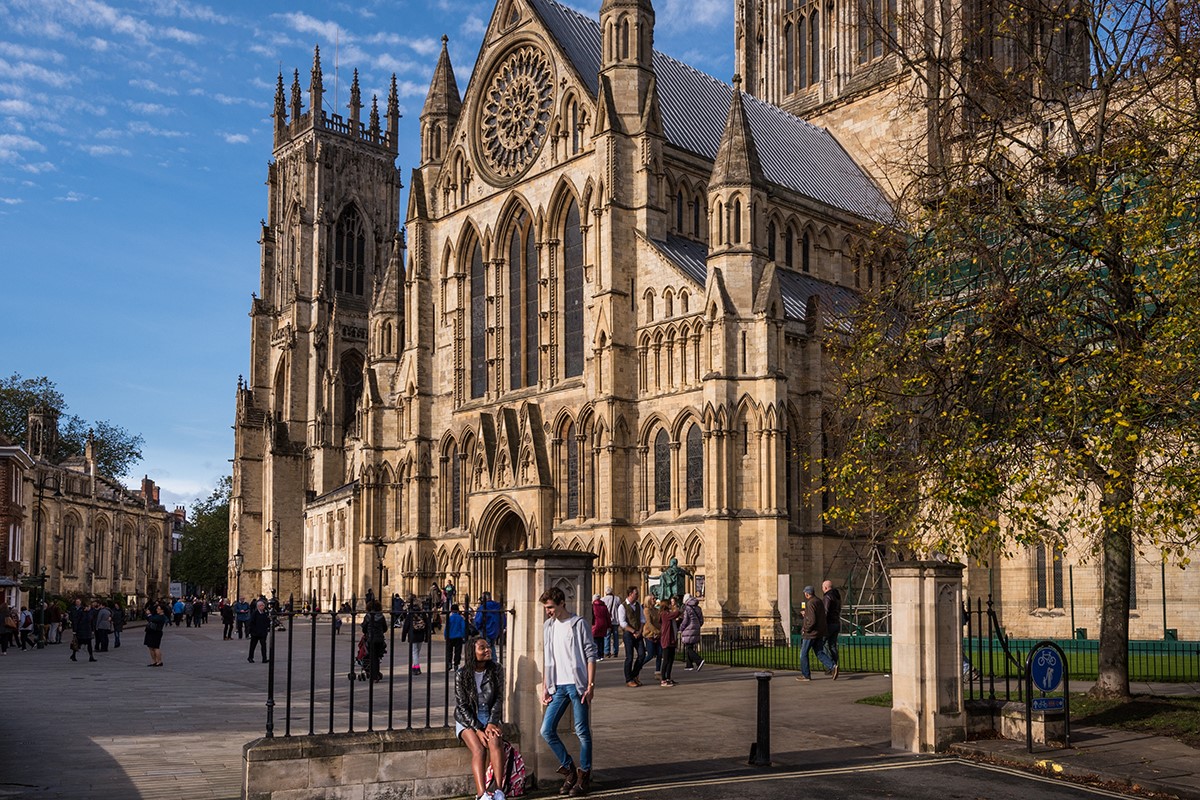
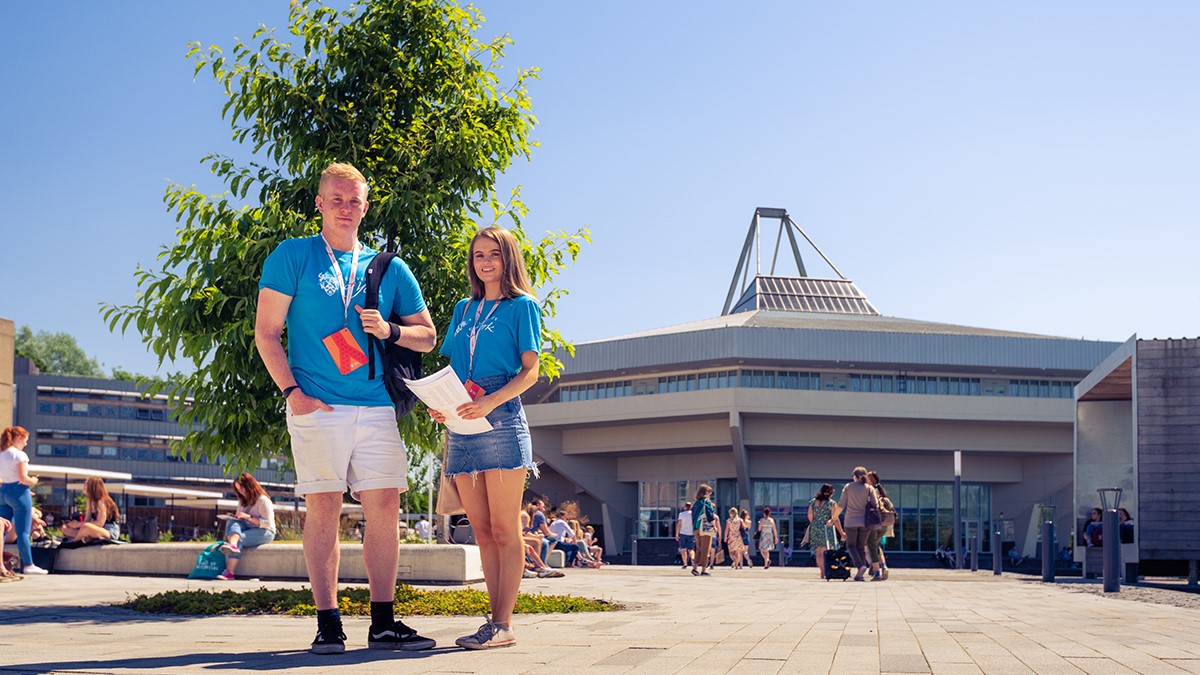

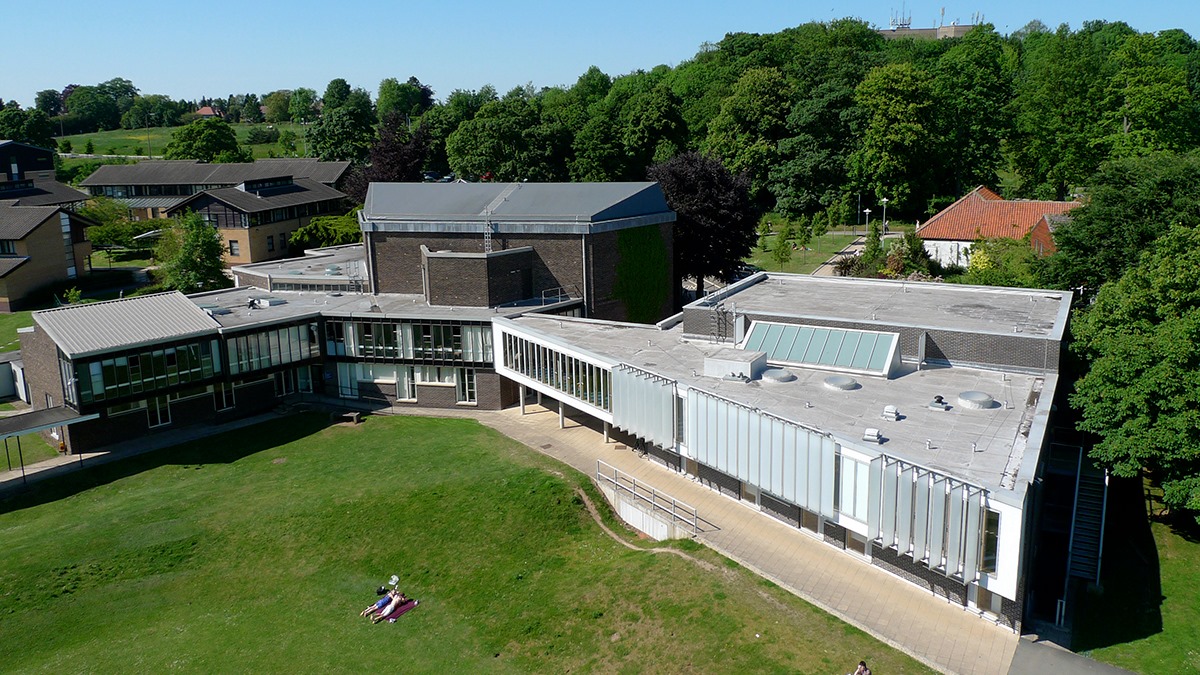

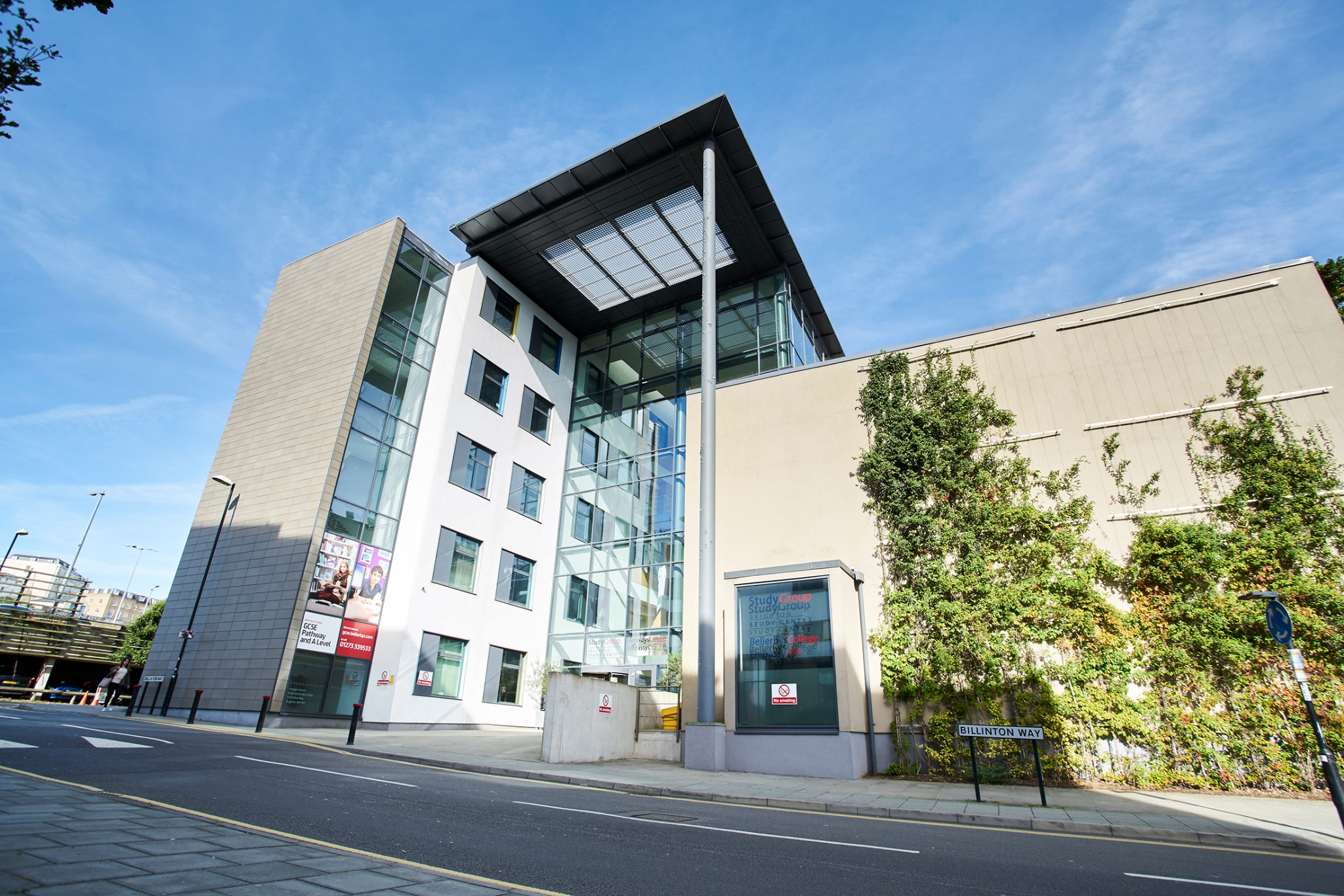
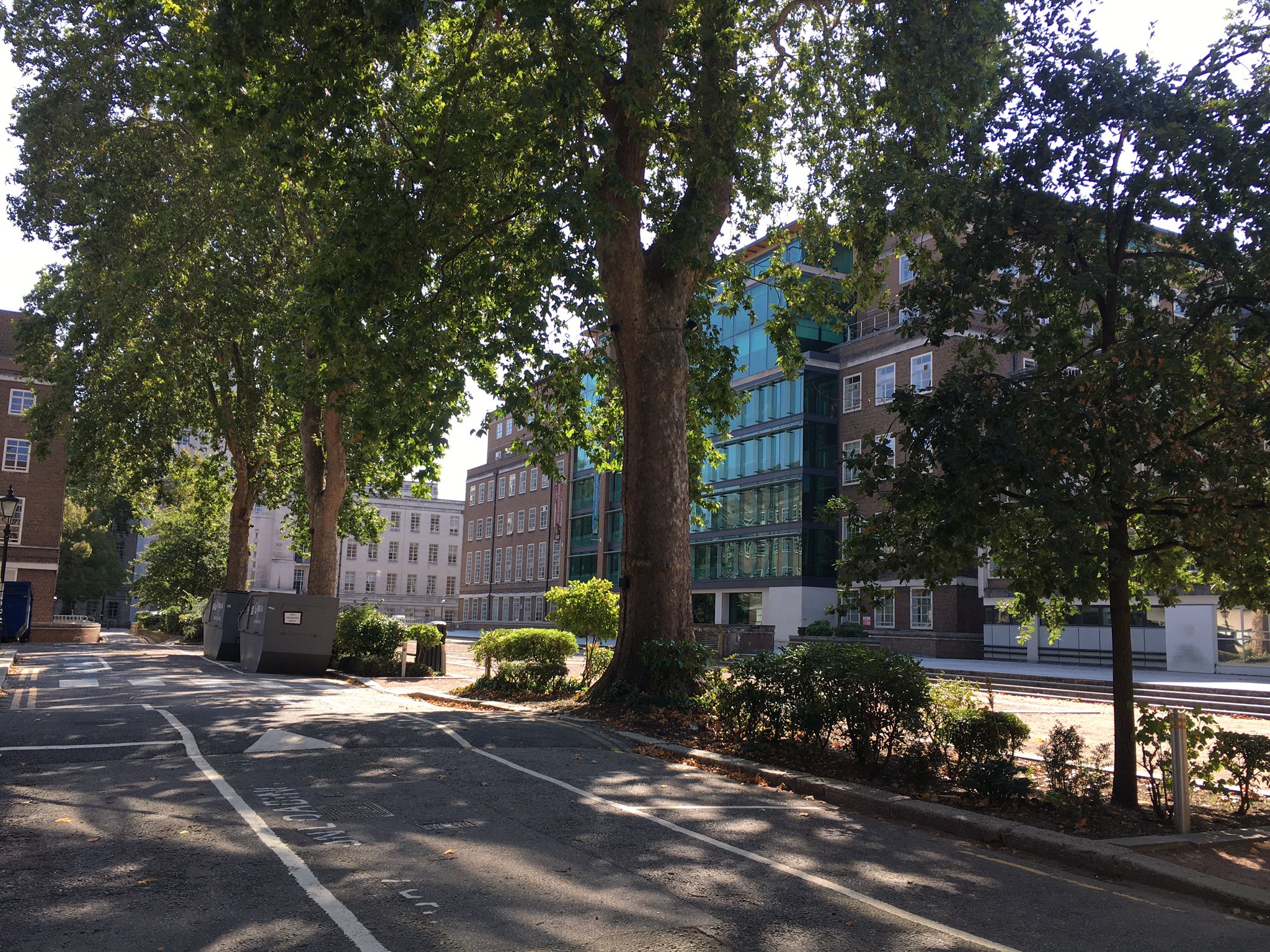


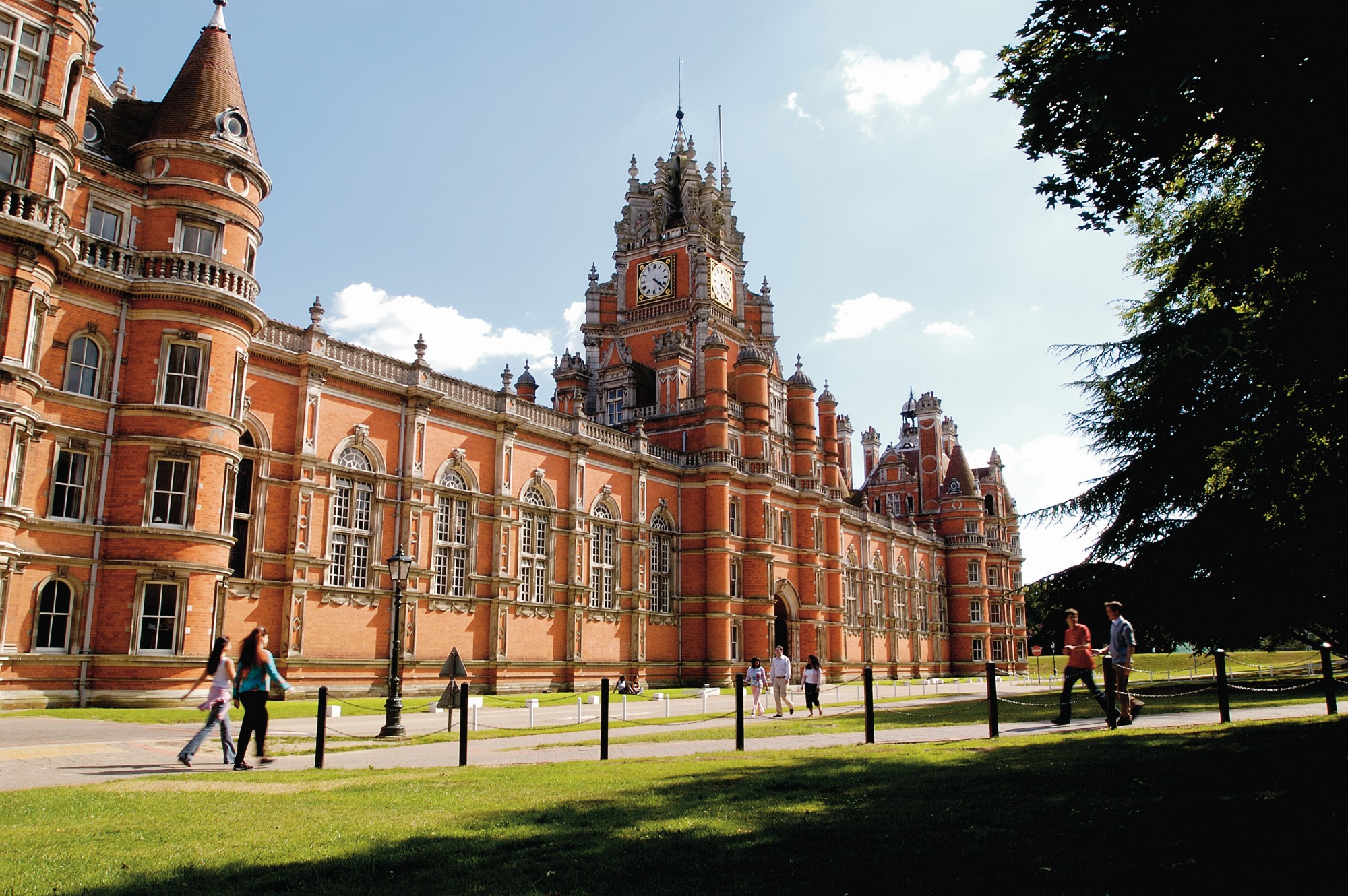
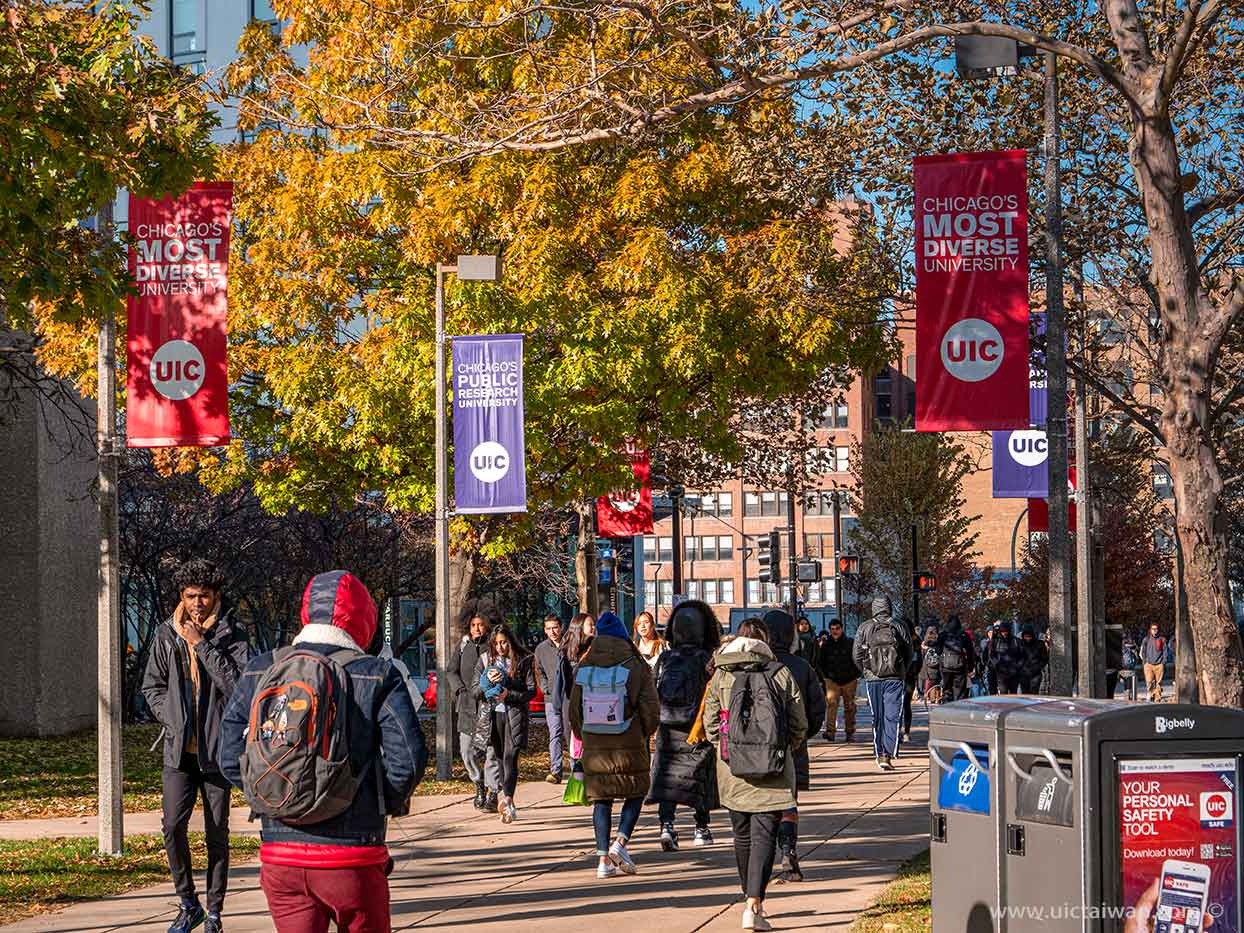






 Study in the USA
Study in the USA Study in Australia
Study in Australia Study in the UK
Study in the UK Study in the Netherlands/Ireland
Study in the Netherlands/Ireland Study in Canada
Study in Canada Conditional Admission
Conditional Admission



